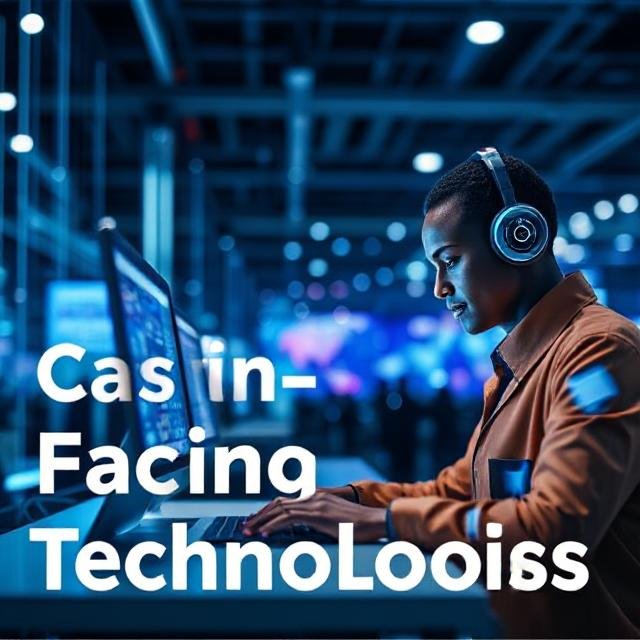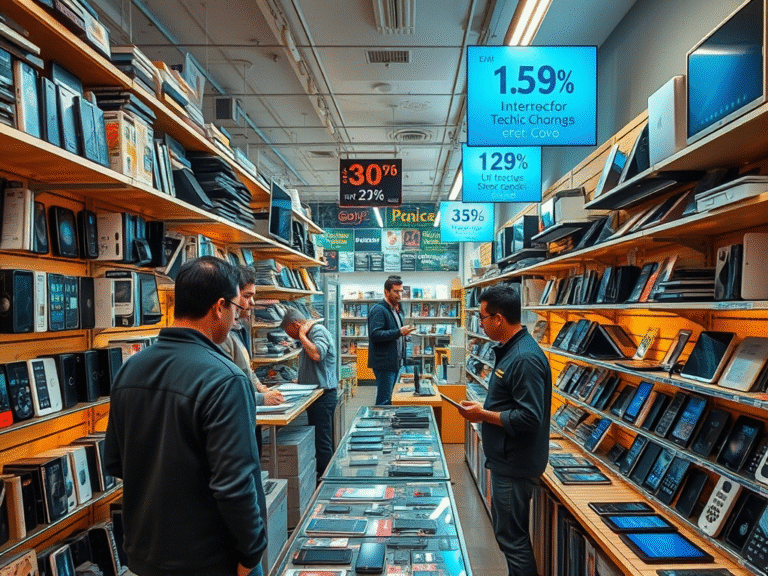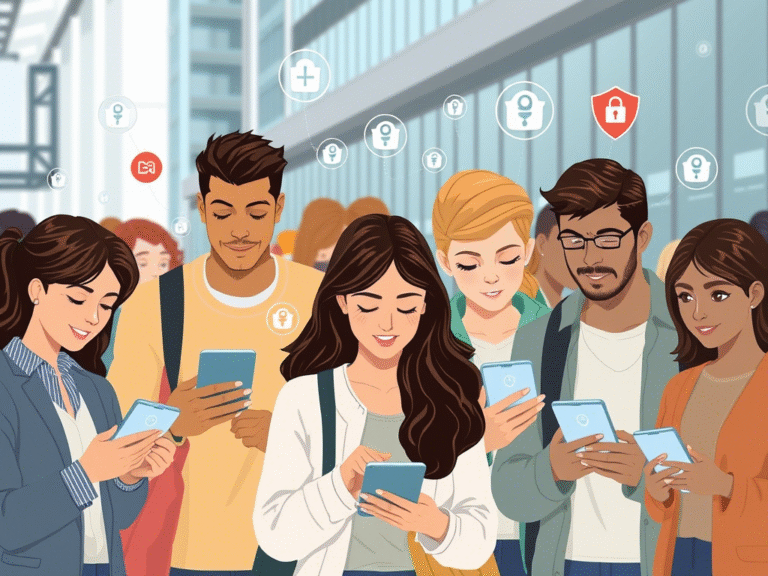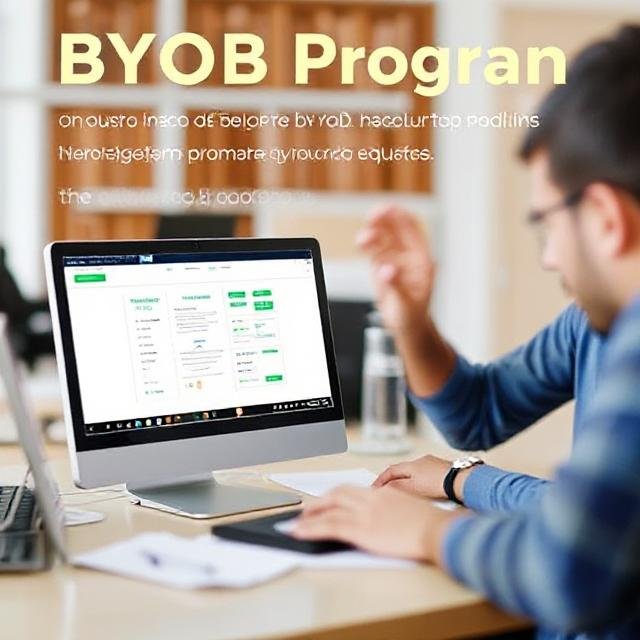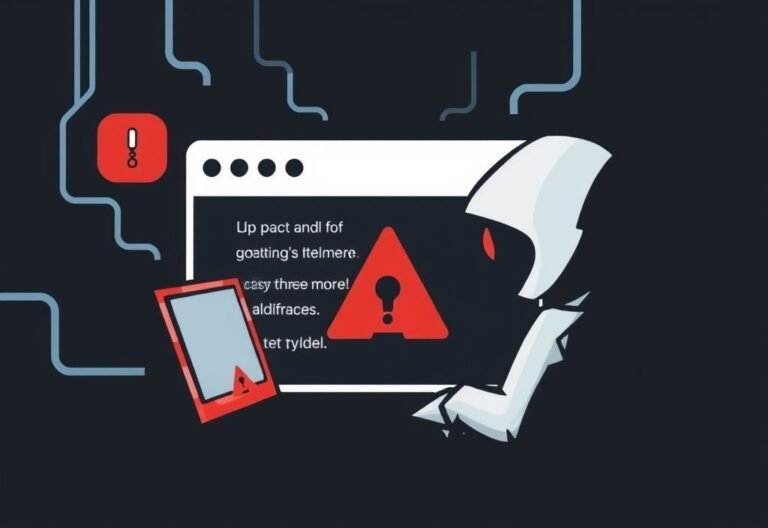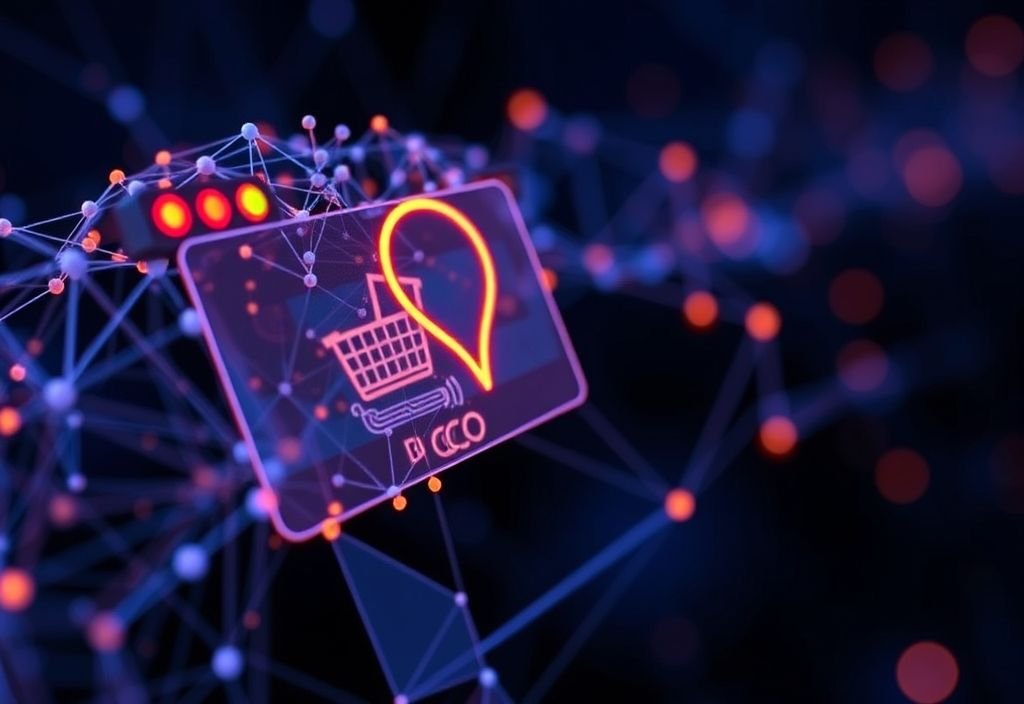
We are on the cusp of the biggest transformation since the internet. And if you are a marketer, an entrepreneur, or someone who manages people and processes, this affects you directly.
The global mistake that many people make today is to perceive neural networks as a “technical trend” that can simply be left alone until it is absolutely necessary. The problem is that in the coming years, artificial intelligence will cease to be just a tool. It will become a competitor. Or a partner. Depending on how you approach it.
My name is Kirill Delfinchik, I run the Telegram channel ” Public Marketer ” where I talk about how AI is changing marketing. I watch the development of technologies every day and want to share with you the model that I consider the most likely. This is not a prediction or forecast, but rather a picture of “if everything goes the way it is now” – without faith in the inevitable, but with attention to detail.
2025–2026: The Age of Ubiquitous Generation
These years we have seen a real explosion of generative AI. Marketers are massively mastering combinations from ChatGPT, Midjourney, Runway, DALL-E, Suno, ElevenLabs. Brands create hundreds of banner and video options, saving months of work for designers and editors.
The first AI-first agencies are emerging, where creative work and strategy are initially created for the capabilities of neural networks. Such companies do not compete for creative awards – they win tenders with speed and price.
2027–2028: Prototyping Marketing as a Product
AI learns not just to “generate” but to design marketing. It receives data on the target audience, product, price, channels and produces a strategy, content plan, hypotheses and ready-made texts.
It is becoming the norm to launch not only a product MVP, but also a marketing MVP. For example:
· Landing page is tested without code (via neural networks)
· Traffic is driven through generated ads
· Behavior metrics are taken, and only after that is the team involved
AI becomes a partner not only for a marketer, but also for an entrepreneur: it helps test an idea without hiring anyone.
2029–2030: Personalization 3.0
Advertising algorithms and AI assistants are merging. The conventional GPT-9 knows the user’s preferences, calendar, tastes, and priorities. Marketing is becoming hyper-contextual.
— Were you looking for a ski resort last week?
– Here is an offer from a brand you already bought clothes from a year ago.
— A video tailored to your style, with a voice that you can’t tell apart from your real voice, and with an offer generated based on your social media feed.
Classic marketing in this context looks like PowerPoint next to VR.
2031–2032: Automated Marketing Departments
AI is becoming so mature that companies are creating their own marketing LLMs, trained on the company’s own data and its customers’ data. They:
· Adapt the tone of voice to different segments
· Generate news items for trends
· Instantly create landing pages, banners and texts
· Learn about internal analytics and CRM
Large brands are starting to develop their own models, not relying on open solutions. A new profession is emerging – an AI editor/producer who does not write, but configures a neural network to the needs of the company.
2033–2035: New Marketing – Behavioral Modeling
At this stage, neural networks do not simply “react” to user behavior, they simulate it in advance. Thanks to access to the digital trace (wearable devices, purchases, likes, movements), AI can predict a person’s reaction to a specific message.
Campaigns are launched through a simulated target audience. Literally, the marketer first convinces a virtual copy of the client before spending money on advertising.
Example: A startup tests a new product, receiving tens of thousands of “feedback” from digital avatars of its target audience — with different objections, insights, and touchpoints. This changes the very logic of marketing: it is now based on probabilistic scenarios, not retrospective analytics.
What does all this mean for us?
The marketer of the future is an architect. He builds scenarios, uses AI as a simulation tool, and interacts with the market not through reports, but through a living model of behavior.
And yes, you can start preparing for this right now. No need to wait until 2035. Neural networks are already learning to select messages for the target audience. There are already tools that write scripts, edit videos, and create funnels.
But the question is different: are you ready to be the director of this process, and not an extra?
—
If this perspective is close to you and you found this article interesting, join my Telegram channel “Public Marketer”. There I share short and practical materials for marketers and entrepreneurs who want to be one step ahead. No fluff, only what really helps to adapt to new realities.

